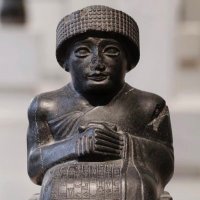
Gudea, Ensi of Lagash
@ensi_gudea
|| 𒉺𒋼𒋛 || 𒁾𒊬 || 𒌨 𒆲 𒉡𒌇𒀀𒀭 || 𒌓 𒈬 𒂊 𒅆 𒉌 𒀀 𒈾 𒀀𒀭 𒋗 𒈬 𒁕 𒋾 ||
ID: 1420468508526268418
https://bsky.app/profile/gudea.bsky.social 28-07-2021 19:37:50
7,7K Tweet
3,3K Followers
285 Following
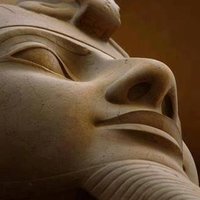


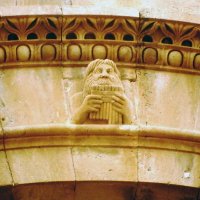


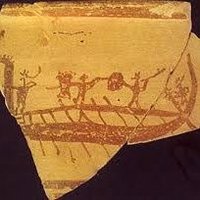







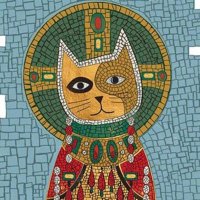





@ensi_gudea
|| 𒉺𒋼𒋛 || 𒁾𒊬 || 𒌨 𒆲 𒉡𒌇𒀀𒀭 || 𒌓 𒈬 𒂊 𒅆 𒉌 𒀀 𒈾 𒀀𒀭 𒋗 𒈬 𒁕 𒋾 ||
ID: 1420468508526268418
https://bsky.app/profile/gudea.bsky.social 28-07-2021 19:37:50
7,7K Tweet
3,3K Followers
285 Following


















